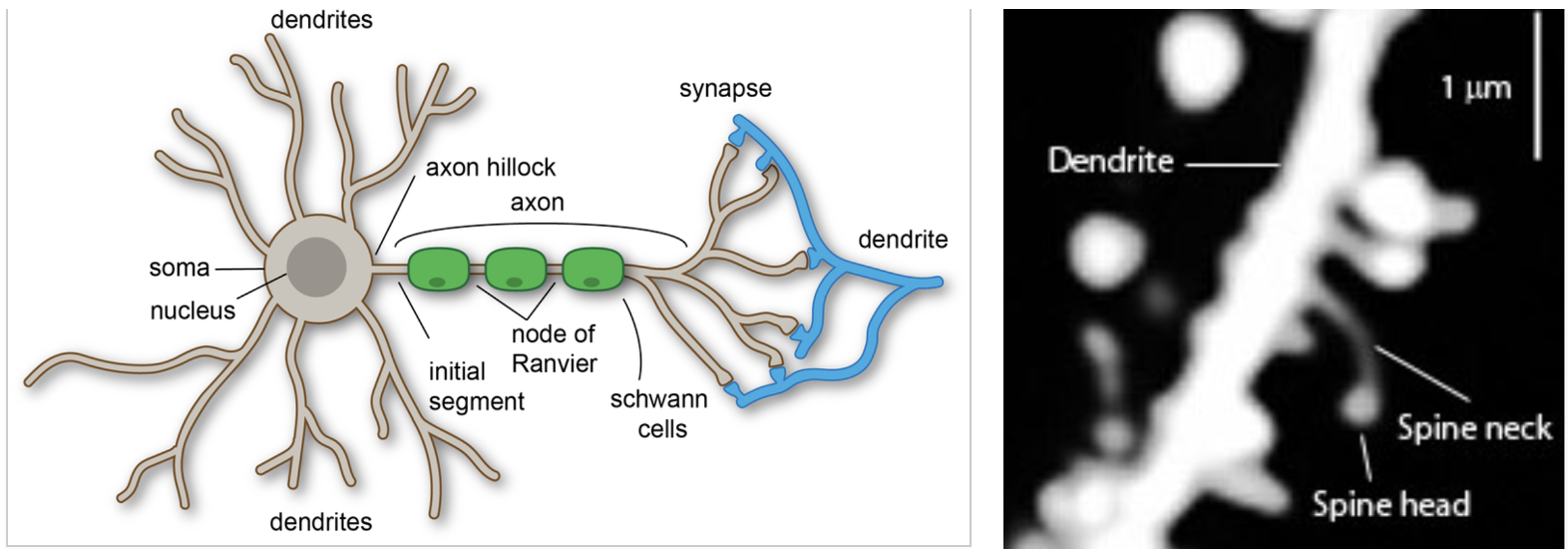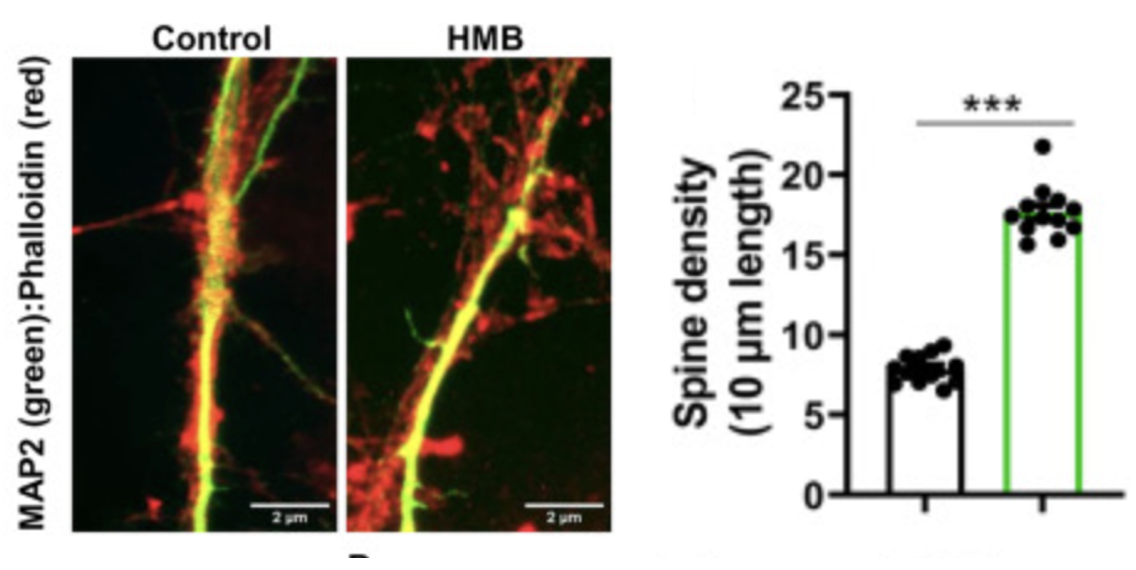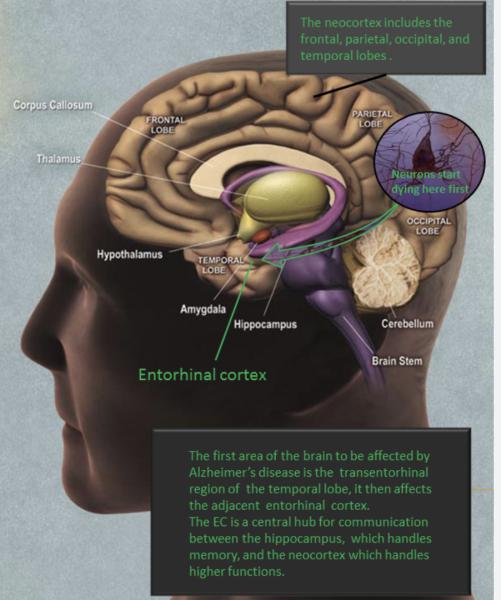Alzheimer's drugs, at least the experimental ones, are a dime a dozen. Maybe less. After decades of research, we have seen one potential clinical lead after another relegated to the scrap heap of failed drugs. Leqembi (lecanemab), which recently received full FDA approval, even though it had only a modest effect (a reduction of 27% decline in the progression of the disease). (1)
Alzheimer's research has an abysmal track record. As of January 2022, there were 143 (!) different agents (drugs and biologicals) in clinical trials and we have precious little to show for it.
So, you should keep your expectations low when I discuss β‐Hydroxy‐β‐methylbutyric acid (HMB), a body-building supplement that has been in the news recently because of its apparent ability to stave off dementia in mice. However, when it comes to the utility of mouse models of Alzheimer's we run into a 2016 article (Derek Lowe again) with the not-so-encouraging title "Just How Worthless Are the Standard Alzheimer's Models?"
Be that as it may, HMB is cheap and profoundly non-toxic so the risk of trying it on humans is low. Given the results reported by scientists at Rush University in Chicago people may be flocking to supplement stores to give it a try. The study, which is reported in the July 11, 2023 issue of Cell Reports by Kalipada Pahan, Ph.D., and colleagues seems to be quite thorough and the results are rather impressive, at least if you're a mouse.
Safety First
Pahan told Science Daily:
"This may be one of the safest and the easiest approaches to halt disease progression and protect memory in Alzheimer's disease patients."
As I've said many times before, there is not a single drug in the world that won't be toxic at one dose but also non-toxic at another. HMB comes pretty close to violating that statement; it's that safe (Figure 1).

Figure 1. HMB and two chemically related common chemicals. GHB, a date rape drug, is about 10 times more toxic than HMB. Butyric acid isn't especially toxic but is the chemical that gives vomit its smell. Pick your poison.
The lethal dose of GHB in humans is estimated to be about 50 mg/kg of body weight – about 3.5 grams, while the recommended daily dose of HMB – a rather similar molecule – is 3 grams, quite a difference. In fact, it is so safe that when rats were force-fed 2,000 mg per day per kg of body weight – a huge dose – there were no deaths or adverse effects after 14 days. If you could accurately convert this dose to humans (you can't) it implies that we would be unharmed by a dose of 140 grams per day, perhaps forever. Compare that to Tylenol, where a single lethal dose is estimated to be 7.5-15 grams.
It's safe but will it work?
This is really the only question that matters in a drug with essentially no side effects. My sense is that it's going to take an awful lot more than a simple, low molecular-weight hydroxy acid to get a grip on this awful disease. Nonetheless, it's worth taking a look at what the Rush group has accomplished.
Upregulation of dendritic spine density in nerve cells
Dendritic spines are small protein structures that protrude from the nerve cell synapses. They are responsible for providing communication between nerve cells. Dendritic spine density decreases with age and this is thought to play a part in cognitive decline, including loss of memory and the ability to learn.

HMB, which easily crosses the blood-brain barrier, was found to increase the density of dendritic spines in mouse hippocampal neurons. Images: Wikipedia

(Left) Hippocampal neurons were treated with 10 μM HMB for 24 h followed by double labeling with neuronal marker MAP2 (2) (green) and Alexa 647-conjugated phalloidin (3) (red) for spines. (Right) Spine density in cultured cells treated with 10 micromolar HMB is significantly greater than those that were not treated. Source: Cell Reports (open access)
The authors concluded that HMB "is capable of increasing the density of dendritic spines and enhancing the levels of plasticity-related molecules in cultured hippocampal neurons." (4)
Effects in mice
I only touched upon the section that discusses cellular assays used to determine the mechanism of action of HMB. It is long and complex. But the real question is whether the positive effects seen in neurons will result in cognitive changes in mice. The group also demonstrated this in six mice that had been genetically engineered to mimic human AD.
- Oral administration of HMB decreased hippocampal plaques in one breed of mouse called 5XFAD but not another breed called 5XFADΔPPARα, which is 5XFAD with an additional genetic modification. Don't even think of asking about the names.
- The same held true with the protection of memory and learning. One breed was protected and the other was not.
A caveat
Although the authors were able to demonstrate improved cellular function and the ability of mice to navigate a maze they cannot rule out that the improvement in navigation was not simply a function of muscle building (recall that HMB is a muscle-building supplement) rather than the drug having a direct effect on the brain. They are planning more experiments to address this possibility.
Bottom line
I don't know how to call this. The increase in the density of dendritic spines seems to be real and well demonstrated. HMB seemed to improve memory and learning in one breed of mouse used for AD research but not another. The biggest problem, if there is one, is what Derek Lowe opined about the relevance of mouse models of AD to human disease and this is the most likely reason that the drug will fail, assuming it does fail. My best guess is that HMB may have some value in treated human AD but it will take long and expensive trials to find out. On the positive side, unlike a terrible drug like Aduhelm, it will neither cause a host of nasty side effects nor cost a fortune, so there would seem to be little risk in giving it a try.
NOTES:
(1) While 27% may be "modest" it's a downright miracle compared to Aduhelm, another "Alzheimer's drug" that received accelerated FDA approval in 2021 despite the fact that it does pretty much nothing except cause side effects in a large percentage of patients. Science Magazine's Derek Lowe, someone you should really be following if you're not already, wrote a must-read article in 2022. where he discusses Aduhelm (which probably should have never been approved) and also touches on Leqembi.
(2) ChatGPT: "Microtubule-Associated Protein 2 (MAP2) is a neuronal marker and a structural protein that plays a crucial role in the organization and stabilization of microtubules in neurons."
(3) Alexa 647-conjugated phalloidin is a fluorescent probe used to visualize the structure and health of cells.
(4) ChatGPT: "Hippocampal plasticity refers to the ability of the hippocampus—a region of the brain—to undergo changes in its synaptic connections and neural circuitry in response to experiences, learning, and memory processes."




